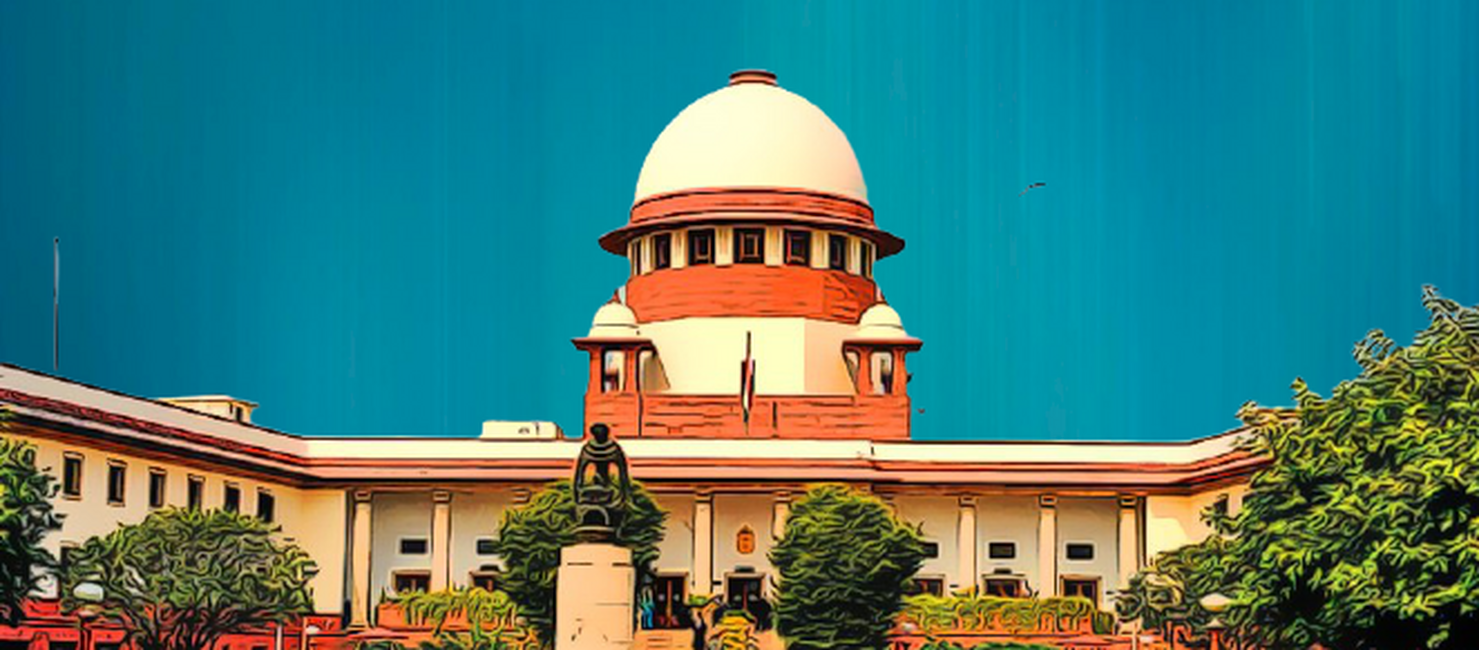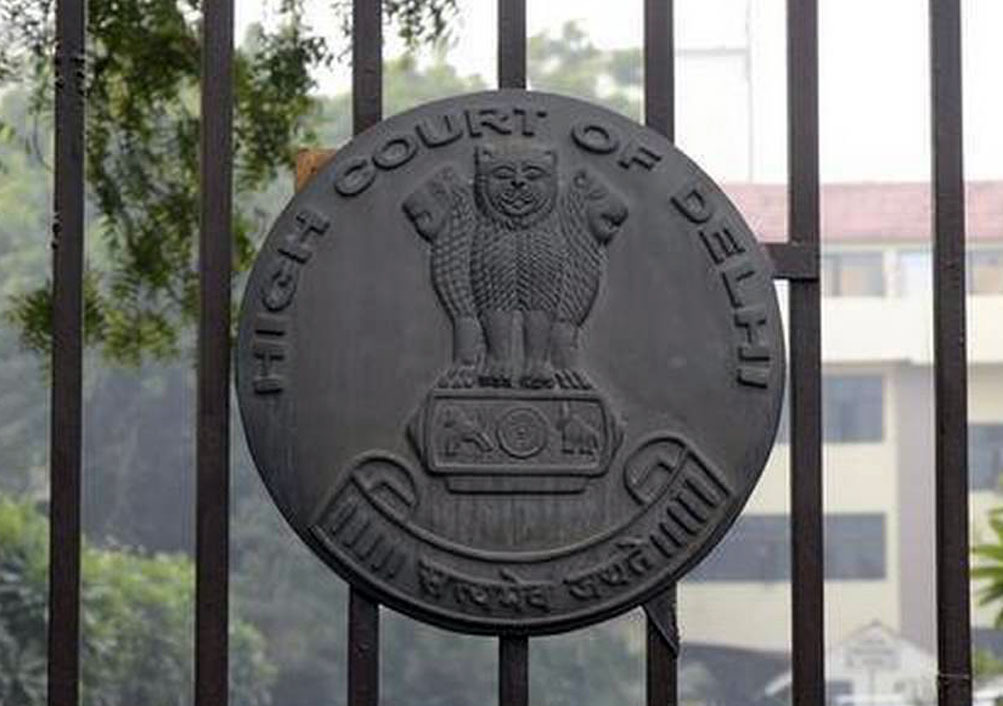Doctors would immediately inform police if case of homicidal death is reported at Govt hospital; No chance that dead body would be allowed to be carried away by family members: SC acquits lifer in 1997 murder case
Justices B.R. Gavai and Sandeep Mehta [18-04-2024]

Read Order: KIRPAL SINGH v. STATE OF PUNJAB [SC- CRIMINAL APPEAL NO(S). 1052 OF 2009]
Tulip Kanth
New Delhi, April 18, 2024: While observing that the story set up by the prosecution did not inspire confidence and inherent improbabilities as well as loopholes were showcased in the evidence, the Supreme Court has acquitted a convict sentenced to life in a 27-yr-old murder case.
The factual background of the case was such that Sharan Kaur, the first informant(PW-5), wife of Balwinder Singh (deceased) used to reside along with her family members in the house which was situated on the backside of the grocery and sweets shop owned by her husband Balwinder Singh (deceased). In the intervening night of 12th/13th November, 1997, Balwinder Singh (deceased) went to sleep in the open balcony of the house which was not having any shutter, whereas Sharan Kaur (PW-5) along with the other family members slept in a room on the ground floor.
It was alleged that Sharan Kaur (PW-5) heard a knock on the door of the room in which she was sleeping at about 2.30 a.m. She thought that it was her husband and thus she opened the door. In the illumination of light placed in the courtyard, she saw the accused appellant-Kirpal Singh standing there armed with a knife.
The appellant inflicted an injury with the weapon on the abdomen of Sharan Kaur (PW-5). Another assailant who was accompanying appellant Kirpal Singh caught hold of her arm. She raised an alarm and her sons Goldy and Sonu woke up. None of these three persons could identify the other assailant. Both the assailants fled away by opening the main gate, in between the two shops. Sharan Kaur (PW-5) went upstairs to have a look at her husband and found him lying severely injured on the cot with blood oozing out of his mouth and head.
On the way to the hospital, Balwinder Singh expired. First aid was provided to Sharan Kaur (PW-5), thereafter, she as well as the dead body of Balwinder Singh (deceased) was brought back to their home in the same vehicle and by that time the police had arrived. The prosecution alleged that the motive behind the occurrence was that the appellant and his associate were bearing jealousy on account of the roaring business being done at the halwai shop of Balwinder Singh (deceased), which was doing much better as compared to the halwai shop run by the accused appellant.
The appellants had approached the Top Court assailing the judgment of the Punjab and Haryana High Court confirming the judgment rendered by the Additional Sessions Judge vide which the appellant was convicted u/s 302 of the Indian Penal Code, 1860 and sentenced to imprisonment for life. Under Section 307 IPC, rigorous imprisonment for a period of five years was imposed upon him.
The Division Bench comprising Justice B.R. Gavai and Justice Sandeep Mehta was of the view that if the prosecution case was to be accepted, it was apparent that the accused had painstakingly, planned out the murder of Balwinder Singh (deceased), inasmuch as they put up a ladder against the outer wall of the house, climbed into the house by using the said ladder and attacked the deceased by spade. Thus, the moment Balwinder Singh (deceased) had been belaboured, the purpose of the accused was served and hence, there was no rhyme or reason as to why the accused would take the risk of being exposed to the other family members. As per the prosecution, the accused appellant had assaulted Balwinder Singh (deceased) with a spade which was abandoned at the spot and then the accused came down with a knife.
This story set up by the prosecution did not inspire confidence. The Bench opined that once the accused had achieved the objective of eliminating Balwinder Singh(deceased) without being discovered, they had all the opportunity in the world to escape from the spot by using the very same ladder, which had been used to climb up the chaubara. Thus, there was no reason for the accused to risk discovery by coming down and alarming the family members.
Furthermore, as per the prosecution case, two accused were involved in the incident. If at all the prosecution case is to be believed, the accused after killing Balwinder Singh(deceased), must have gone down to eliminate the other family members and in that background, there was no reason as to why the person accompanying the accused appellant was unarmed. This again created a doubt on the truthfulness of the prosecution story.
In her examination in chief, the first informant-Sharan Kaur(PW-5) categorically stated that her statement was recorded at the Civil Hospital on November 13, 1997 at about 7:30 a.m. It was read over and explained to her, and she signed it admitting it to be correct. If that was so, then it was opined that the subsequent conduct of Sharan Kaur (PW-5) in raising a hue and cry that investigation being conducted was tainted and the police had intentionally favoured the co-accused Kulwinder Singh by leaving out his name from the array of offenders created a great doubt on her credibility.
A serious doubt was created on the credibility of the deposition made by the first informant, in light of the fact that she claimed in her examination in chief that a van was brought by her son wherein, she and her husband were taken to the Civil Hospital, Tanda, where the medical officers opined that her husband had expired and she was medically examined. However, they did not believe in this opinion and took the victim to Bhogpur where again the doctors reiterated that her husband had expired. Only after this confirmation, the dead body of Balwinder Singh was brought back to the house where police was already present. This version, as set out in the testimony of the first informant, Sharan Kaur(PW-5), completely destroyed her credibility.
“There cannot be two views on the aspect that if a case of homicidal death is reported at a Government hospital the doctors would immediately inform the police and there is no chance that the dead body would be allowed to be carried away by the family members”, the Bench held.
Not only this but the medical records of the Civil Hospitals at Tanda and Bhogpur were not collected by the investigating agency nor were the same brought on record by the prosecution in its evidence. Gurmeet Singh, elder brother of Daljit Singh(PW-6), was not examined by the prosecution and Daljit Singh (PW-6) did not even utter a word that appellant was having a weapon with him when he saw him fleeing away from the crime scene. According to the Bench, these inherent improbabilities and loopholes in the evidence completely destroyed the fabric of the prosecution case which was full of holes and holes and were impossible to be stitched together.
On going through the evidence of Sharan Kaur (PW-5) and Daljit Singh (PW-6), with reference to other evidence available on record, the Top Court was of the firm opinion that both these witnesses fell in the second category, i.e., wholly unreliable. No other tangible evidence was led by the prosecution to connect the accused appellant with the crime. The Bench found that no weapon of crime was recovered at the instance of the accused appellant and thus, there was no corroborative evidence so as to lend credence to the wavering and unreliable testimony of Sharan Kaur (PW-5) and Daljit Singh (PW-6).
Thus, the Bench observed that the evidence of Sharan Kaur (PW-5) and Daljit Singh (PW-6) was wholly unreliable and did not inspire confidence in the Court so as to affirm the conviction of the appellant. “It may be reiterated that no corroborative evidence was led by the prosecution so as to lend credence to the testimony of these two witnesses”, the Bench added.
Thus, quashing the orders of the Trial Court and the High Court, the Top Court allowed the appeal.
Sign up for our weekly newsletter to stay up to date on our product, events featured blog, special offer and all of the exciting things that take place here at Legitquest.




Add a Comment